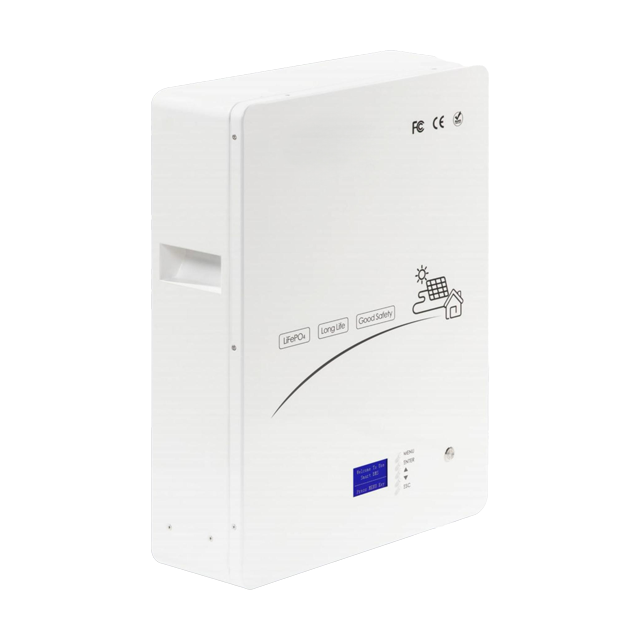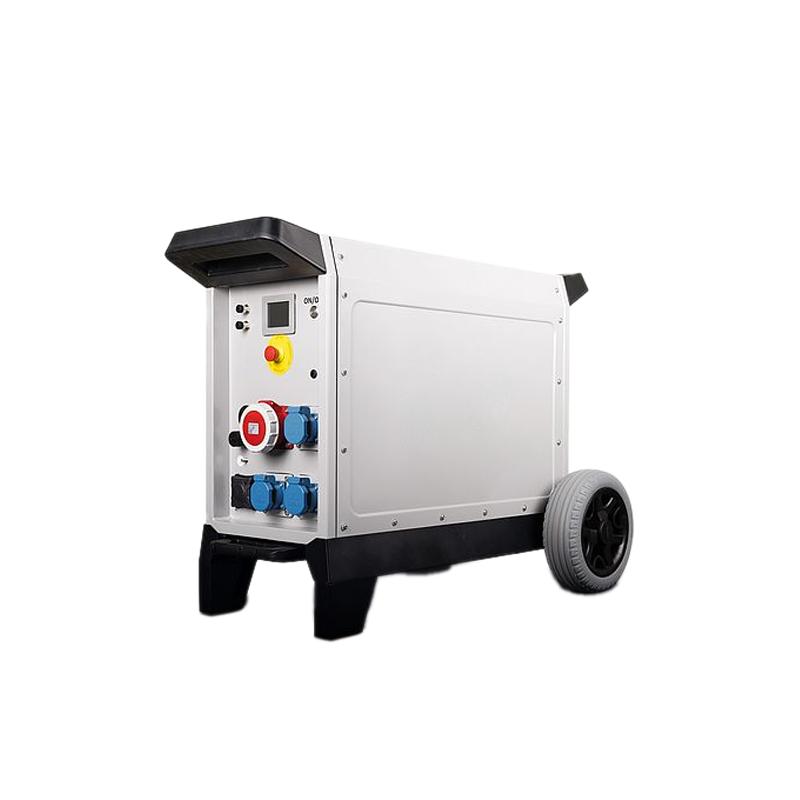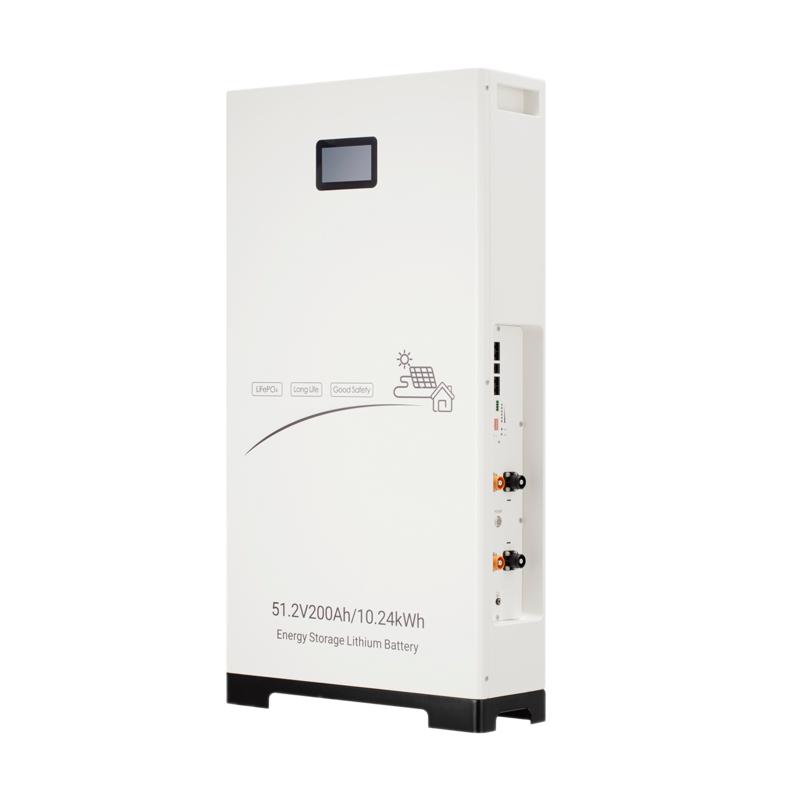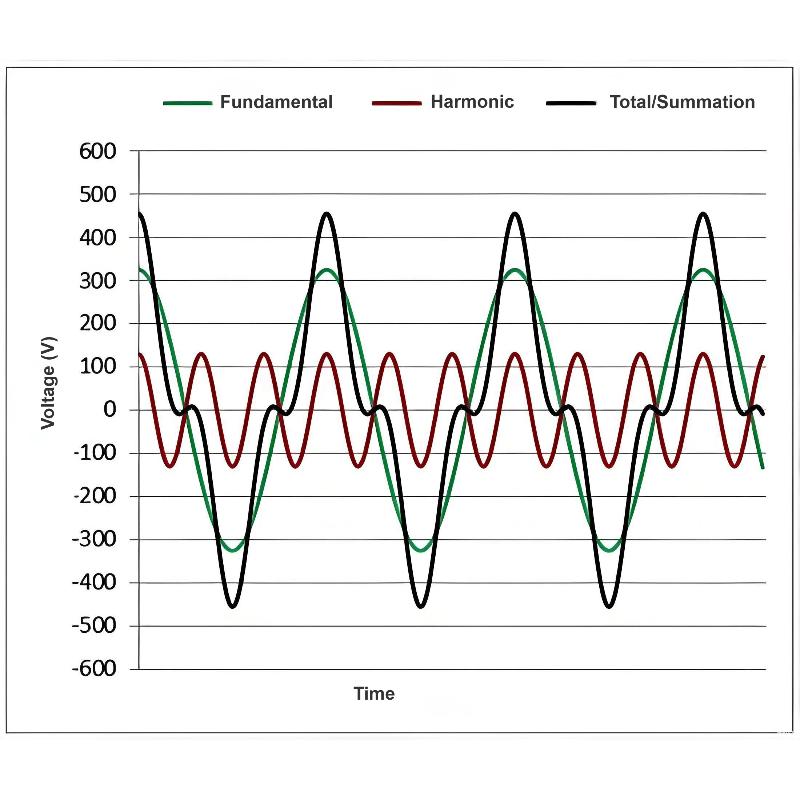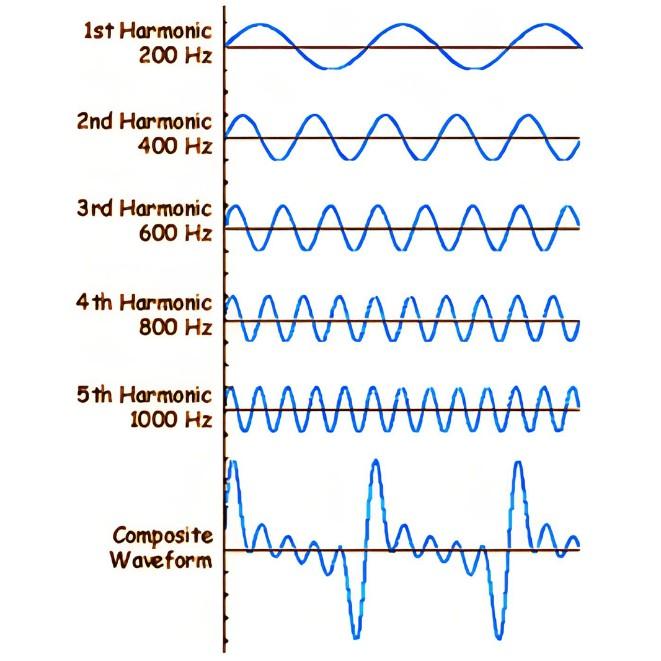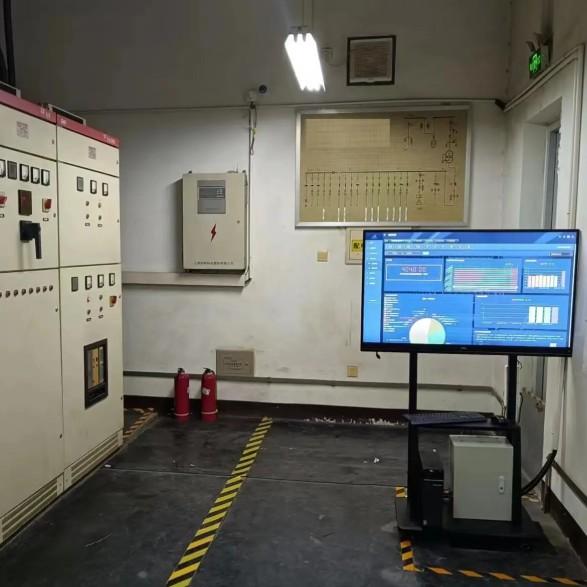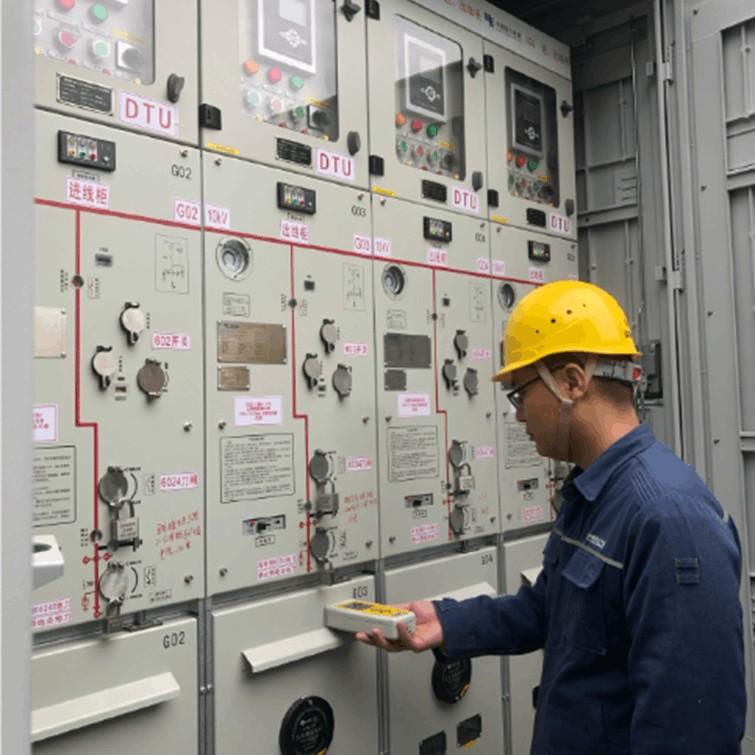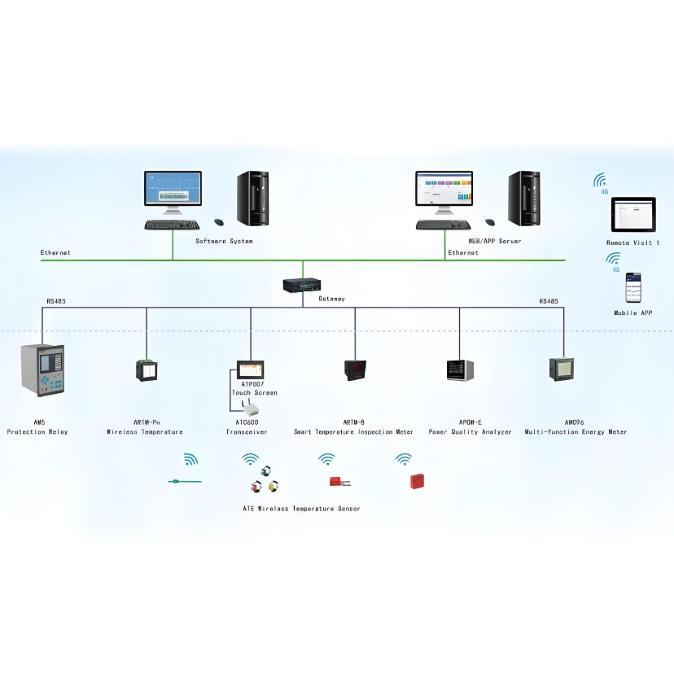- Product
- Suppliers
- Manufacturers
- Solutions
- Free tools
- Knowledges
- Experts
- Communities
Search
-
Vifaa vya bure
-
IEE Business inatoa vyombo vya AI bila malipo kwa ajili ya ubunifu wa uhandisi wa umeme na bajeti ya ununuzi wa nguvu: weka parameta zako bonyeza hesabu na upate matokeo ya haraka kwa ajili ya transformer za umeme michango mota na gharama za vifaa vya nguvu na zaidi — inayotegemewa na watafiti wa umeme duniani kote.
-
-
Msaada na Usaidizi
-
IEE-Business inasaidia suluhisho vya mbelezo viwango na watalii wa ujuzi kutengeneza patformu ambapo ubunifu unategemea na thamaniUjuzi wa teknolojia mzuriJiunge na Sharea Maarifa ya Teknolojia ili Kupata pesa kutoka kwa WapenziMbinu Bora za BiasharaJiunge na Unda Suluhisho ya Biashara Kusaidia Kupata Fedha kutoka kwa WashirikaWanajumui MafanikioOnyesha maarifa yako kwa wapendekezi wa pesa ukapate siku zako za usoni
-
-
Pakua programu
Pakua
-
-
Pata IEE Business ApplicationTumia programu ya IEE-Business kupata vifaa kupata suluhisho kuunganisha wanaofanya kazi na kushiriki katika sekta yoyote wakati wowote mahali popote usisaidie maendeleo ya mipango yako ya umeme na biashara
-
-
-
-
Jitihada Na Sisi
Mshirika
-
-
Ingia katika Mipango ya Shirikasho la Biashara IEE-BusinessUfanisi wa Ukuaji wa Biashara -- Kutoka Zana Teknolojia hadi Ueneo wa Biashara Duniani
-
-
-
Kiswahili
-
- English
- Afrikaans
- العربية
- Azərbaycan dili
- български
- বাংলা
- Català
- Cebuano
- čeština
- Dansk
- Deutsch
- Ελληνικά
- Esperanto
- Español
- Eesti keel
- Euskara
- دری
- فارسی
- suomi
- Filipino
- français
- Gaeilge
- Galego
- Hausa
- עברית
- हिन्दी
- Hrvatski
- magyar nyelv
- հայերեն
- Bahasa Indonesia
- Íslenska
- Italiano
- 日本語
- ქართული
- Қазақ тілі
- ಕನ್ನಡ
- 한국어
- Kurdî
- Latina
- Latviešu valoda
- македонски јазик
- Bahasa Melayu
- Malti
- नेपाली
- Nederlands
- Norsk
- ਪੰਜਾਬੀ
- polski
- پښتو
- Português
- Русский язык
- සිංහල语
- Slovenščina
- српски језик
- Svenska
- Kiswahili
- தமிழ்
- ไทย
- Tagalog
- Türkçe
- українська мова
- اردو
- Oʻzbek tili
- Tiếng Việt
-
Majaribio ya Uchambuzi wa Umeme bure
-
Kiswahili
-
- English
- Afrikaans
- العربية
- Azərbaycan dili
- български
- বাংলা
- Català
- Cebuano
- čeština
- Dansk
- Deutsch
- Ελληνικά
- Esperanto
- Español
- Eesti keel
- Euskara
- دری
- فارسی
- suomi
- Filipino
- français
- Gaeilge
- Galego
- Hausa
- עברית
- हिन्दी
- Hrvatski
- magyar nyelv
- հայերեն
- Bahasa Indonesia
- Íslenska
- Italiano
- 日本語
- ქართული
- Қазақ тілі
- ಕನ್ನಡ
- 한국어
- Kurdî
- Latina
- Latviešu valoda
- македонски јазик
- Bahasa Melayu
- Malti
- नेपाली
- Nederlands
- Norsk
- ਪੰਜਾਬੀ
- polski
- پښتو
- Português
- Русский язык
- සිංහල语
- Slovenščina
- српски језик
- Svenska
- Kiswahili
- தமிழ்
- ไทย
- Tagalog
- Türkçe
- українська мова
- اردو
- Oʻzbek tili
- Tiếng Việt
-

















